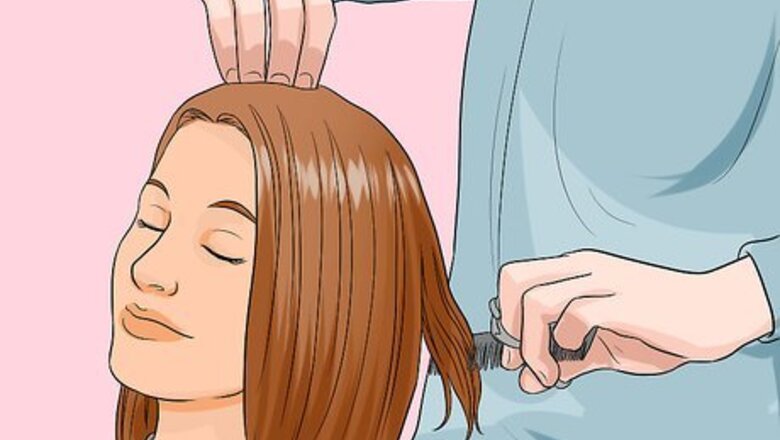
views
Preparing to Dye Your Hair
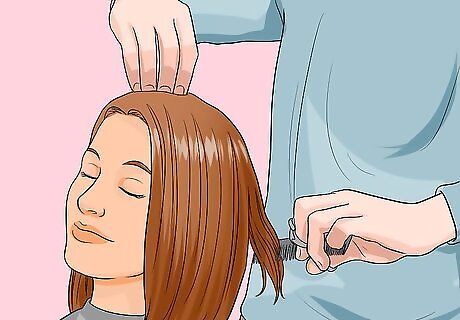
Get a haircut. Dyeing your hair, especially a unique color, requires some steps. The last thing you want after going through the trouble to dye your hair is to realize you want a new hairstyle.

Consider your natural hair color. If your natural shade is dark, it will be harder to get the color to show through. You can always go for a darker shade, but the color may not be as vibrant than if your hair was a lighter hue. Lighter hues can also affect the outcome of a dye job. For example, if you are yellowish-blonde and try for a shade of red, your hair may come out orange. Go for blue, and you may end up with green instead. White or grey hair can also make dye much brighter than it actually is. A blue-black shade, for example, could become bright blue. To prevent these mishaps, it would be best to do a test strand before coloring your entire head because it will give you an idea about how the color will turn out.

Choose a color that suits you. A common recommendation is to never go two shades lighter or darker than your natural hair color. The best thing to do is start with a lighter shade. You can always go darker later if you want. Some shades may not work with your skin tone. If you have a tendency to blush, for example, you may want to avoid going with any pink or red tones. If you have pale skin, bright greens, and yellows could make you appear to be glowing. To see how shades look on you, visit a Halloween store and try on a few wigs to see how the colors look.
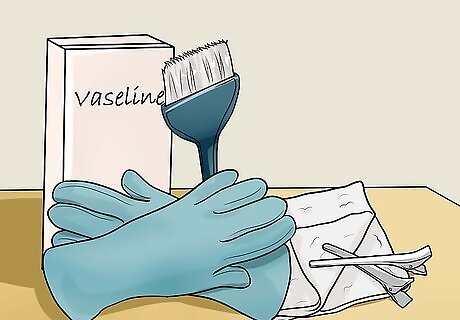
Assemble a hair dyeing kit. Aside from your hair dye of choice, you'll need to gather a few items to make the process easier. Keep these stored in your bathroom for future dye jobs. Plastic hair clips: These are useful for holding large sections of hair out of the way. Rubber gloves: Hair dyes can contain some pretty harsh chemicals. Wear gloves to keep your hands safe. They'll also protect your skin from taking on the same color as your hair. Petroleum jelly: Spread a thin layer on your hairline and on your ears. Put it anywhere the dye might come in contact with your skin. petroleum jelly prevents the dye from staining your skin. Old clothes and towels: Dyeing hair gets messy. It's always a good idea to use materials you don't mind ruining. Other items such as a kitchen timer, q-tips, spare gloves, and extra dyeing brushes are also good.
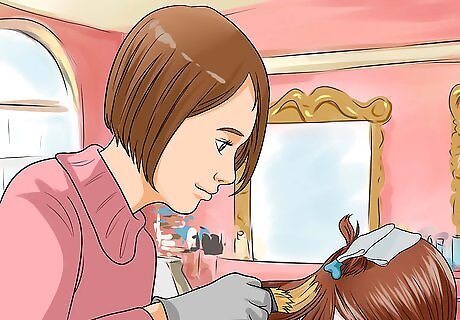
Find a friend to help you. While you could dye your hair on your own, the process will be much easier with a friend. Having an assistant who can get to those hard to reach spots will make for a smoother dye job.
Dyeing Your Hair
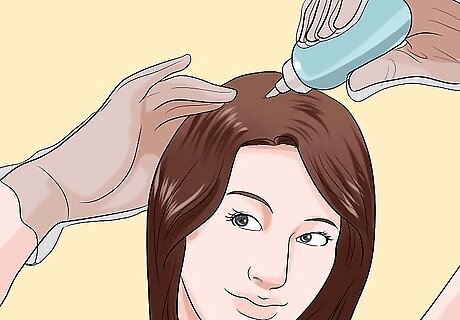
Bleach your hair if necessary. Unless you have white-blonde hair, you'll need to bleach your hair to get it to take a bright color. Bleaching your hair can be time consuming and expensive. You may have to go through several rounds of bleaching to reach the desired lightness. If you need to bleach your hair multiple times, it's best to wait a week or so between applications. Too many bleach jobs can also damage your hair, leaving it brittle and prone to breakage. If you're feeling at all uncertain, enlist the help of a professional. It may be expensive, but having a bad bleach job fixed could cost you much more.
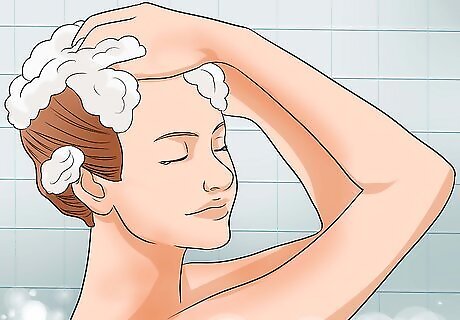
Wash your hair a few days before you dye it. Dirty hair is best for dyeing. The natural oils in the scalp help prevent irritation and make for hair that is easier to work with.
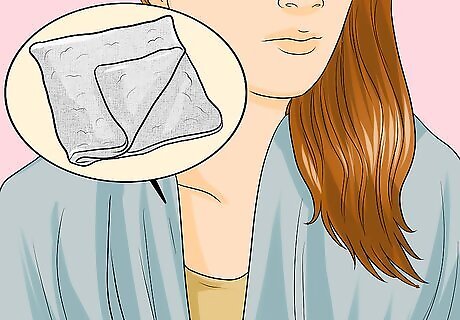
Cover yourself. Before you start applying the dye, make sure you drape an old towel over your shoulders. It's also a good idea to wear those old clothes you keep with your dye kit. Dye can get everywhere. If you want to keep your bathroom from getting dyed as well, clean it beforehand, and lay some towels down.
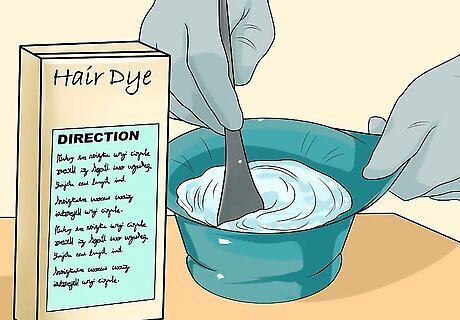
Follow the directions to mix the dye. You will have to mix most dyes before you can apply the dye to your hair. Mix the dye in a bowl until it is well blended and smooth.

Apply the dye. Starting at your roots, apply a layer of dye. Brush the dye down to the ends working in parts. Use clips to section off your hair to make it easier to apply the dye. Once you've applied all the dye, run the dye brush through your hair a few more times to ensure even coverage. While your hair processes, cover it with a shower cap. The cap will allow your body heat to aide the processing of your color. You may have to wait 30-45 minutes for the dye to set in. The length of time will vary depending on the brand of dye and the color.

Rinse your hair. Once the suggested waiting time has passed, rinse your hair in the shower until the water runs clear to make sure you have removed all the dye. The best way to rinse your hair is to get in the shower and lean back. Try to avoid letting any of the dye rinse onto your skin as it can stain you.
Maintaining Your Color

Use a color-safe shampoo. A lot of wild colors are semi-permanent, meaning they'll wash out rather quickly. Some colors are harder to maintain, with blue being the most difficult. Always wash your hair in cool water. By avoiding a hot rinse, you may be able to decrease color fading.
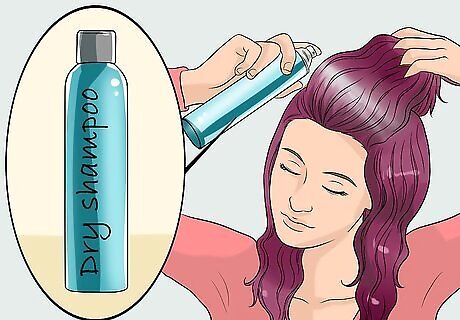
Try dry shampooing. Dry shampoos can be quite helpful when it comes to maintaining brightly colored hair. They won't strip your hair color and they will keep your hair from becoming too greasy.
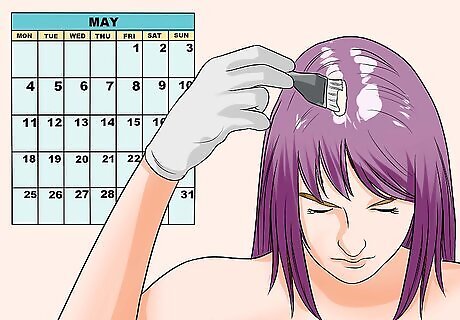
Touch up your color. After about a month, you may have noticeable roots. To touch up the color, repeat the dyeing process focusing only on the roots.











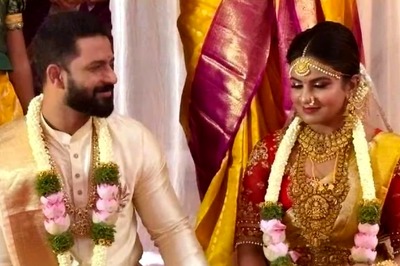
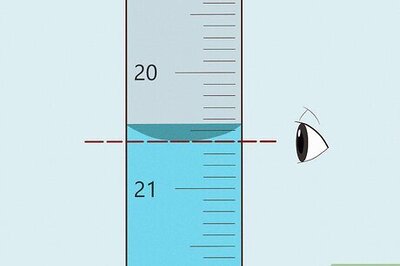
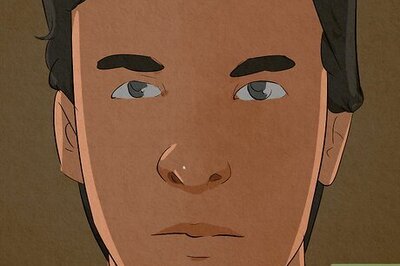
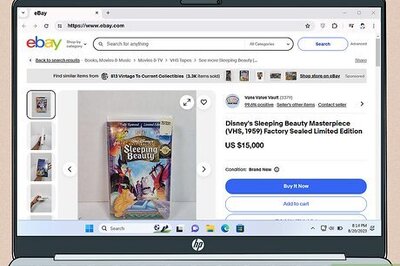
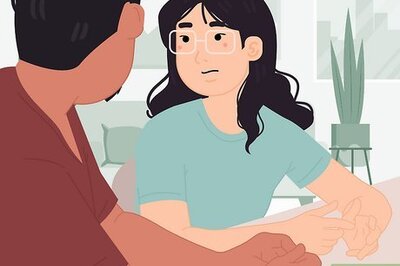
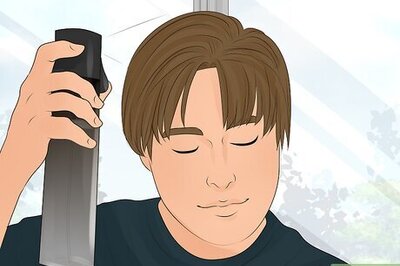


Comments
0 comment